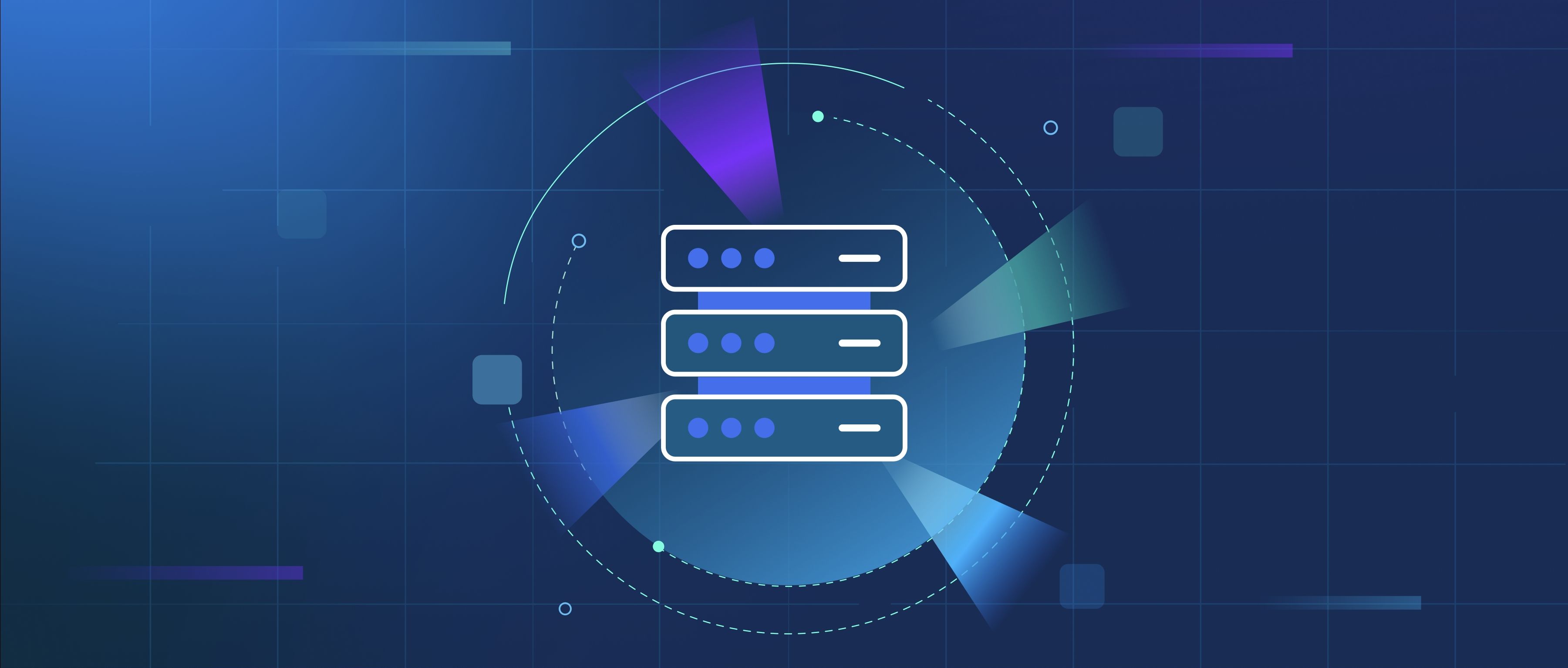Learning-to-hash techniques are methods designed to convert high-dimensional embeddings (like vectors from neural networks) into compact binary hash codes. These codes enable efficient similarity searches by preserving the semantic relationships in the original data. Unlike traditional hashing, which focuses on random distribution, learning-to-hash algorithms train models to generate hash codes that keep similar items close in the binary space. This is critical for tasks like nearest-neighbor search, where directly comparing large embeddings is computationally expensive. By reducing data to shorter binary representations, these techniques speed up search operations while maintaining accuracy.
Common learning-to-hash methods include supervised, unsupervised, and deep learning-based approaches. For example, Semantic Hashing uses autoencoders to learn binary codes by reconstructing input data, ensuring similar inputs produce similar hash codes. Deep Supervised Hashing (DSH) trains neural networks with labeled data, optimizing pairwise similarity loss to align hash codes with semantic relationships. Another approach, Iterative Quantization (ITQ), first reduces embedding dimensions via PCA and then rotates the projections to minimize quantization error, producing binary codes. Techniques like Locality-Sensitive Hashing (LSH) are not learning-based but are often compared to them; learning-to-hash methods typically outperform LSH because they adapt to data patterns rather than relying on random projections. For instance, in image retrieval, a CNN trained with DSH can generate hash codes that group visually similar images, enabling fast lookup using Hamming distance (bitwise comparisons).
The benefits of learning-to-hash include reduced storage costs and faster search speeds, especially for large datasets. However, trade-offs exist. Training hash models requires computational resources, and hyperparameter tuning (e.g., code length, loss functions) impacts performance. Longer hash codes improve accuracy but increase storage and comparison time. In practice, these techniques are used in recommendation systems (e.g., hashing user/item embeddings for quick candidate retrieval) or duplicate detection (e.g., matching near-identical text embeddings). Developers can implement these methods using libraries like FAISS or TensorFlow, which support custom hash layers and loss functions. While learning-to-hash adds complexity to pipelines, the efficiency gains in production systems—where milliseconds matter—often justify the effort.
